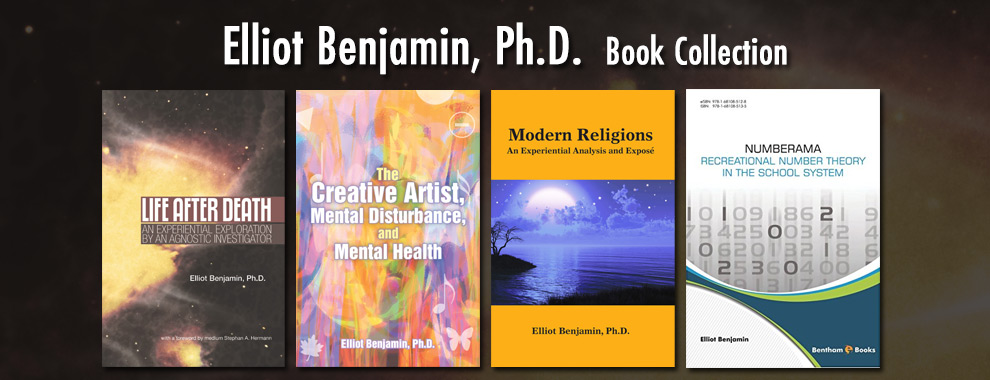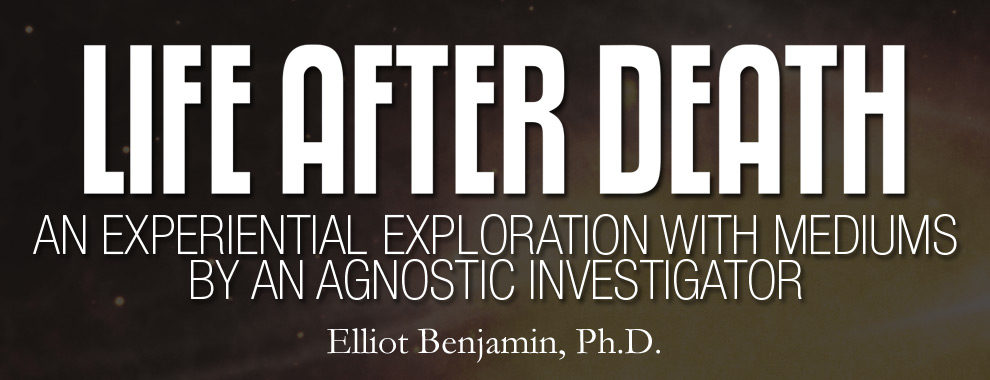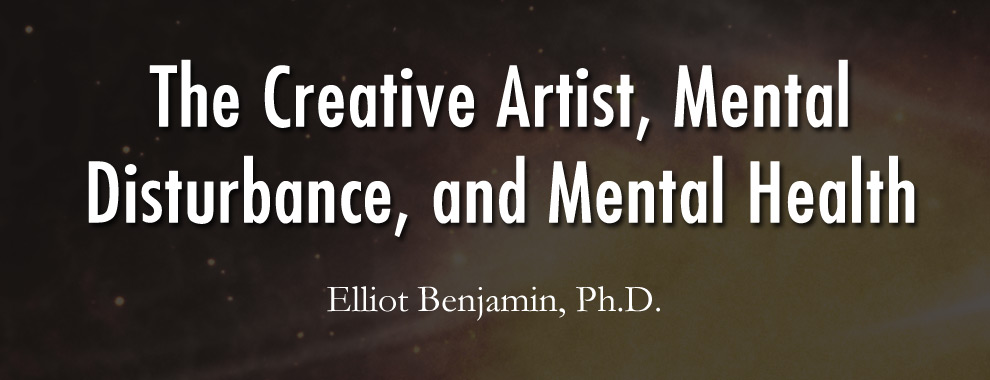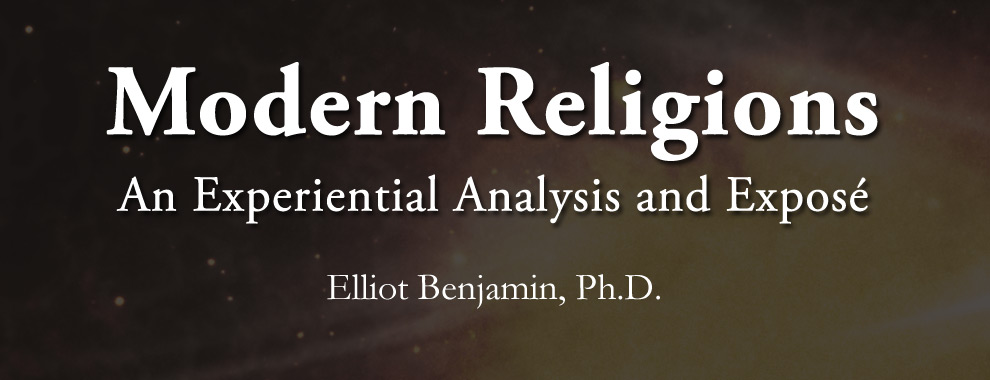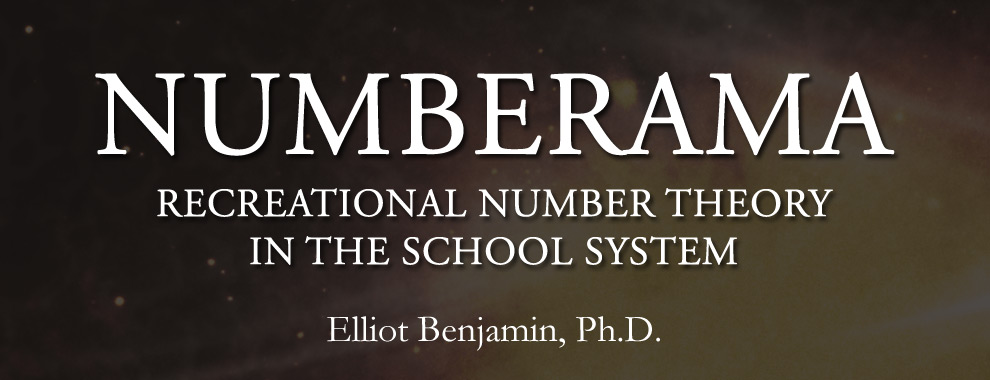NOTE: This article was published on the Integral World website in 2015: http://www.integralworld.net/benjamin76.html
There has been an increasing alarm the past few years about the extent that especially young people in our U.S. society—and virtually all over the world—are becoming saturated with what has been referred to as “social media addiction” (Addiction.com Staff, 2012; Anderson, 2015; Augenbraun, 2014; Barnes, 2015; Golinkoff, 2015; Gordon, 2015; IANS, 2015; Johnson, 2015; McNamee, 2014; Paddock, 2013; Whiteman, 2014). There has also been a growing movement to include a psychiatric disorder with the title of Internet Addiction Disorder (IAD) listed in theDiagnostic and Statistical Manual of Mental Disorders (DSM-V) (APA, 2013). Although Internet Addiction Disorder is still not officially listed as a psychiatric disorder in the DSM-V, the more narrowly defined Internet Gaming Addiction was added in May, 2013 f(APA, 2013; Augenbraun, 2014).

I have seen firsthand how young people appear to be addicted to their social media technology from my teaching psychology at Husson University in Maine, USA the past four years. A number of my Husson University Human Growth & Development and Introduction to Psychology students frequently expressed in their essays and group discussions how people no longer know how to interact socially with each other, and how they are much more comfortable in their online Facebook relationships than in actually “talking” to people face-to-face. Yes a number of my students somehow “know” that there is something very wrong here, but I do not think they understand the full context of what has taken place in regard to mental health; i.e. the full context in regard to the interpersonal emphasis of having genuine, caring, authentic dialogue and relationships that is the essence of humanistic psychology as formulated by Carl Rogers (1961). From my experiences a few years ago as a community mental health worker, I focused upon how much this kind of authentic dialogue and relationships are needed by young people, in particular young people with mental health issues, in our society (Benjamin, 2011). However, I am afraid that we as a society are quickly moving past the point of being able to experience anything approaching this kind of humanistic relating, and virtually all the authors of the above articles on social media technology addiction share my fears (see below for some illustrative excerpts from these articles).
To relate to people authentically and caringly, one needs to relate to one’s self as well. As conveyed by the above authors on social media addiction (see below), there appears to be a widespread technological addiction that is taking over our whole society and much of our whole world. Media technology is in itself extremely impressive and useful, with extensive benefits to extend and expand information and communication. However, I think it is essential that people control technology, and not the other way around. What I see all around me is the billionaire technology entrepreneurs and marketers successfully marketing their latest social media technology—especially to children and adolescents—to a point where our kids are growing up “vicariously,” i.e. being glued to their computer technology gadgets as their favorite way of passing time. Everything nowadays is quick, spontaneous, and “online.” Whatever happened to “existential depth or awe”? (Schneider, 2004). Going back a little further in time, I wonder what Nietzsche (1885/2012) or Kierkegaard (1843/2013) would say if they were able to see our current modern social media technology society.
I have encountered a number of examples described by many students in my Husson University psychology small group class discussions the past few years that highlight the discrepancy between relating socially online and face-to-face. Some of these examples strike me as being quite bizarre, in spite of the fact that they are apparently becoming increasingly more “normal” in our social media technology society.
For instance:
- families living under the same roof and choosing to send each other text messages to communicate rather than actually “talk” to each other—including husbands and wives;
- students coming to class before the instructor arrives and silently being immersed in their social media world on their cell phones instead of talking to each other;
- young children sitting immobile in front of their computers to vicariously play their computer games or engage in their online social media communications instead of getting physical exercise playing with other children;
- college-age people spending 12 hours a day immersed in their social media technology, as disclosed by one of my Human Growth & Development discussion groups;
- socially extroverted “online” people who avoid eye contact with others and completely lack social skills when in person;
- a student’s roommate waiting for her to leave and then immediately texting her to convey all her complaints to her about living together;
- a 12-year-old-girl who is continuously glued to her cell phone to the point of virtually not interacting in-person with any of her family members other than quick “yes” or “no” responses.
The list goes on and on, and we haven’t even scratched the surface when it comes to how all this social media technology immersion relates to family interaction, childhood obesity, unstable financial security through internet marketing, car accidents due to the use of cell phones when driving, etc.
These summary descriptions I have given from some of my Husson University small group discussions relating to the extreme immersion of social media technology in our society are actually quite similar to many of the experiences described in the articles I listed above on social media addiction.
Some relevant excerpts of these articles are as follows.
Five years ago, Facebook was rarely mentioned in the context of a marriage ending. But now it has become commonplace for clients to cite social media use as a reason for divorce….A recent study by Oxford University of 24,000 married European couples found that the more they read about other people’s exciting lives on social media, the more likely they were to view their own with disappointment, leading to a poorer sex life….So foreplay, emotional touch, fondling and intense feelings count as much as a physical stimulant. With smartphones in the bedroom, the emotional togetherness that initiates sex is gone. (IANS, 2015, pp. 1-2)
A typical day for me starts out with me turning off the alarm on my smartphone and immediately taking instant messages, emails, status updates…you get the picture. Every like, every personal message, even the fun of interacting with friends without having to actually, you know, be anywhere near them….we’re so involved in “connecting” that we seem to neglect really connecting—far-reaching, pervasive effects in the real world (that’s the stuff you see when you put your phone away from pretty much everything)….We’re becoming worse people; less rounded, more self-righteous, less understanding and doing it to ourselves. (Gordon, 2015, p. 11)
You can be connected to the world around you twenty-four hours a day, three hundred sixty-five days a year…. Over time though, this connection can slowly become a need….Having an online personality is easier for some people and their social and emotional needs are quickly fulfilled. The amount of time spent is rarely questioned and this is where the danger of a possible addiction can come into play. (Addiction.com Staff, 2012, p. 6).
Their analysis showed that cell phone use was negatively linked to GPA—the higher the cell phone use the lower the grades—and positively linked to anxiety—higher cell phone use was linked to higher anxiety. (Paddock, 2013, p. 2)
In our society, I occasionally feel as though we spend more time documenting our time spent hanging out by trying to get pictures and hashtags just right than we do actually talking and connecting with one another. We are rarely ever fully present in one place. We are out with our friends, but are more focused on finding the best lighting for our selfies than actually engaging in conversation. We are out to dinner, but instead of savoring every flavor, we are compulsively making sure to document it on SnapChat, Instagram, and Facebook. We feel compelled to show up for our audience. We are always connected, yet so fragmented. While becoming increasingly connected we are becoming disconnected from ourselves. Because of the social media epidemic, it is also my observation that time spent among friends is overshadowed by agendas. It often feels contrived and staged. Social media breeds and feeds shallow connections, and I find myself hungry for deeper, more meaningful connections now more than ever. We are starving ourselves while gorging on our incessant compulsion to perform. Worst of all, it is a viciously contagious epidemic….While at a coffee shop recently, I observed two girlfriends who snapped at least 30 pictures, in the span of about 30 minutes, all the while discussing their social media lives. During their hour of time together, I lost count of how many times I heard them reference Instagram, SnapChat, and Twitter, for it dominated 80 percent of their conversation. Most interestingly, they did not part ways without one of them compulsively burying her face in her phone and editing their new pictures. They were seated next to each other in silence, one one staring at the other as she edited like a maniac. (Johnson, 2015, p. 12)
This is what I think is wrong with a social media obsessed world. We can’t seem to enjoy something for what it is without wanting everyone to know we’re enjoying it. We can’t dance to the encore at our favorite band’s concert because we’re too busy capturing it for our snap story, to make sure that people know we’re doing something exciting. We can’t dig into a beautiful meal before snapping pictures of it first, to make sure that people know we are something delicious. We can’t have a great hair day or wear something cute without taking a photo and sharing it, making sure people know we looked good that day. We can’t just be. (Barnes, 2015, p. 10)
Luo says long-established protocols for talking therapies for addiction can be worthwhile components of a treatment plan for Internet addiction. For example, he notes cognitive therapy and motivational interviewing have been proven to be especially useful for changing unhealthy behaviors….Luo notes that potential treatments have to work in their own cultural contexts, and what works for one group may not work for another. The Daxing Internet Addiction Treatment Center in Beijing, China, for example, treats addicted teens with military-like exercise, and discipline, as well as medication and other therapies, which may not go over so well in other countries. (Augenbraun, 2014, pp. 3-4)
In India, the launch of the clinic appeared timely—in the same week the Nimhans newspapers were reporting a case of a 13-year-old who hanged herself after her mother removed her Facebook account….In Singapore, 87% of a population of 5.4 million own smartphones….China itself has over 300 Internet addiction centers. (McNamee, 2014, pp. 2, 4)
In conclusion, it is apparent that social media technology is a double-edged sword. Undoubtedly there are many significant advantages of being able to communicate and obtain information about virtually anything in the world very rapidly. However, there are alarming growing concerns about the harmful addictive aspects of this pervasive technology, as can be seen in the sample of excerpts from articles I have included above, from the brief summary descriptions I have given of my own teaching experiences at a university in Maine[1], and from the movement to include technology addiction as a diagnostic category by the American Psychiatric Association to supplement the Internet Gaming Disorder that was included in 2013 in the Diagnostic and Statistical Manual of Mental Disorders (APA, 2013; Augenbraun, 2014).
However, there are also humanistic antidotes that I believe have the potential of at least minimizing the detrimental addictive effects of excessive social media technology use[1]. The humanistic antidotes that I have in mind all fit into the guiding basic principles of Carl Rogers’ (1961) humanistic psychology; i.e. engaging in genuine, caring, authentic relationships with others. More specifically, in the arena of humanistic education[2] this means putting intention into ensuring that students engage with one another in face-to-face personal/academic meaningful discussions. In the arena of parenting—in particular parenting of young adults—this means finding ways of maintaining the essential bonds of the parent/child relationship that involves two-way communication with a focus on caring, listening, and authenticity. And perhaps most important of all, it is essential that one maintains one’s own authentic self; i.e. to engage oneself with one’s deepest self expressions and yearnings, and perhaps have a sense of what one’s “calling” in life is.[3] I believe that if these humanistic antidotes were put into place on a widespread scale, then social media technology would not become a dangerous dehumanizing addiction, but rather would serve as a very useful device to rapidly acquire information and enhance communication all over the world without the accompanying detrimental effects that I have described in this article. Put more simply, we would control our social media technology, and not the other way around.
NOTES
[1] An extended version of this article that describes in more detail my summary examples of concerns about social media technology excessive immersion from my Husson University students, as well as humanistic antidotes to social media technology addiction, has been submitted for publication to a psychology journal. For more information about this extended article, feel free to contact me at ben496@prexar.com
[2] Humanistic education is based upon the work of humanistic psychologists, in particular Abraham Maslow (1969) and Carl Rogers (1961, 1969), and involves empathy, caring about students, and genuineness on the part of the learning facilitator. The basic principles of humanistic education include choice and control, felt concern, the whole person, self evaluation, and the teacher as a facilitator. For more information about humanistic education, seehttp://en.wikipedia.org/wiki/Humanistic_education
[3] For an account of my own ways of giving expression to my deepest self inclinations, see my Integral World essay My Conception of Integral (Benjamin, 2006), and my essay On a Natural Dimension of Mathematics in my book The Creative Artist, Mental Disturbance, and Mental Health (Benjamin, 2013).
REFERENCES
Addiction.com Staff (2012). Social media addiction. Retrieved from http://www.addiction.com/3334/social-media-addiction/
American Psychiatric Association (APA) (2013). Diagnostic and statistical manual of mental disorders (5th ed.). Washington DC: Author.
Anderson, C. H. (2015). The science behind your social media addiction. Retrieved from http://www.shape.com/lifestyle/mind-and-body/science-behind-your-social-media-addiction
Augenbraun, E. (2014). How real a risk is social media addiction? Retrieved from http://www.cbsnews.com/news/how-real-a-risk-is-social-media-addiction/
Barnes, D. (2015). Social media and the ability to “be.” Retrieved from www.huffingtonpost.com/devynn-barnes/social-media-and-the-abil_b_6805530.html
Benjamin, E. (2006). My conception of integral. Retrieved from www.integralworld.net
Benjamin, E. (2011). Humanistic psychology and the mental health worker. Journal of Humanistic Psychology, 51(1), 82-111.
Benjamin, E. (2013). The creative artist, mental disturbance, and mental health. Swanville, ME: Natural Dimension Publications.
Gordon, B. (2015). Social media is ruining everything. Retrieved from http://www.huffingtonpost.com/benjamin-gordon/social-media-is-ruining-everything_b_725
Golinkoff, R. M. (2015). A conversation about conversations. Retrieved from www.huffingtonpost.com/roberta-michnick-golinkoff/a-conversation-about-conv_b_6…
IANS (2015). Social media addiction hurting young Indians’ sex lives: Experts. Retrieved from http://timesofindia.indiatimes.com/tech/social/Social-media-addiction-hurting-young-Indian…
Johnson, L. (2015). Get off the stage and in the moment. Retrieved from www.huffingtonpost.com/lacey-johnson/get0off-the-stage-and get_b_7465192.html
Kierkegaard, S. (2013). Fear and trembling and the sickness unto death. Princeton, NJ: Princeton University Press (original work published 1843)
Maslow, A. (1962). Toward a psychology of being. Princeton, NJ: Van Nostrand.
McNamee, D. ((2014). ‘Technology addiction’ – how should it be treated? Retrieved from http://www.medicalnewstoday.com/articles/278530
Nietzsche, F. (2012). Thus spoke Zarathustra. Hollywood, FL: Simon & Brown (original work published 1885)
Paddock, C. (2013). Cell phone use linked to lower college grades, anxiety. Retrieved from http://www.medicalnewstoday.com/articles/269882.php
Rogers, C. (1961). On becoming a person. Boston: Houghton Mifflin.
Rogers, C. (1969). Freedom to learn. Columbus, OH: Charles E. Merrill Pub. Co.
Schneider, K. (2004). Rediscovery of awe: Splendor, mystery, and the fluid center of life. St. Paul, MN: Paragon House.
Whiteman , H. (2014). Is cell phone addiction on the horizon? Retrieved from http://www.medicalnewstoday.com/articles/281747.ph
Recent Posts
- Is Shambhala A Cult? Part 1: An Integrative Experiential Perspective
- Is Shambhala A Cult? Part 1: An Integrative Experiential Analysis
- Humanistic Antidotes to Social Media/Cell Phone Addiction in the College Classroom
- Creative Artists Support Group meeting
- Review of “Modern Religions: An Experiential Analysis and Expose’ ” by Nori Muster
Recent Comments
- can i buy cialis over the counter at walgreens on Home
- clindamicina gel acné on Creative Artists Support Group meeting
- clindamicina 300 para que sirve on Is Shambhala A Cult? Part 1: An Integrative Experiential Perspective
- dalatina clindamicina in english on On the 2-Class Field Tower Conjecture for Imaginary Quadratic Number Fields with 2-Class group of Rank 4
- These products work by temporarily numbing the penis, which can help delay ejaculation.? on On Ken Wilber’s Integral Institute: An Experiential Exploration and Analysis
Archives
Categories
- Articles
- Blog
- Book Reviews
- Humanistic Psychology
- Life After Death Explorations
- Mathematics/Algebraic Number Theory
- Media
- Parapsychology
- Personal Philosophy
- Social Media Technology Addiction
- Spiritual Organizations And Cult Dangers
- Spiritual Philosophy
- The Creative Artist, Mental Disturbance, And Mental Health
